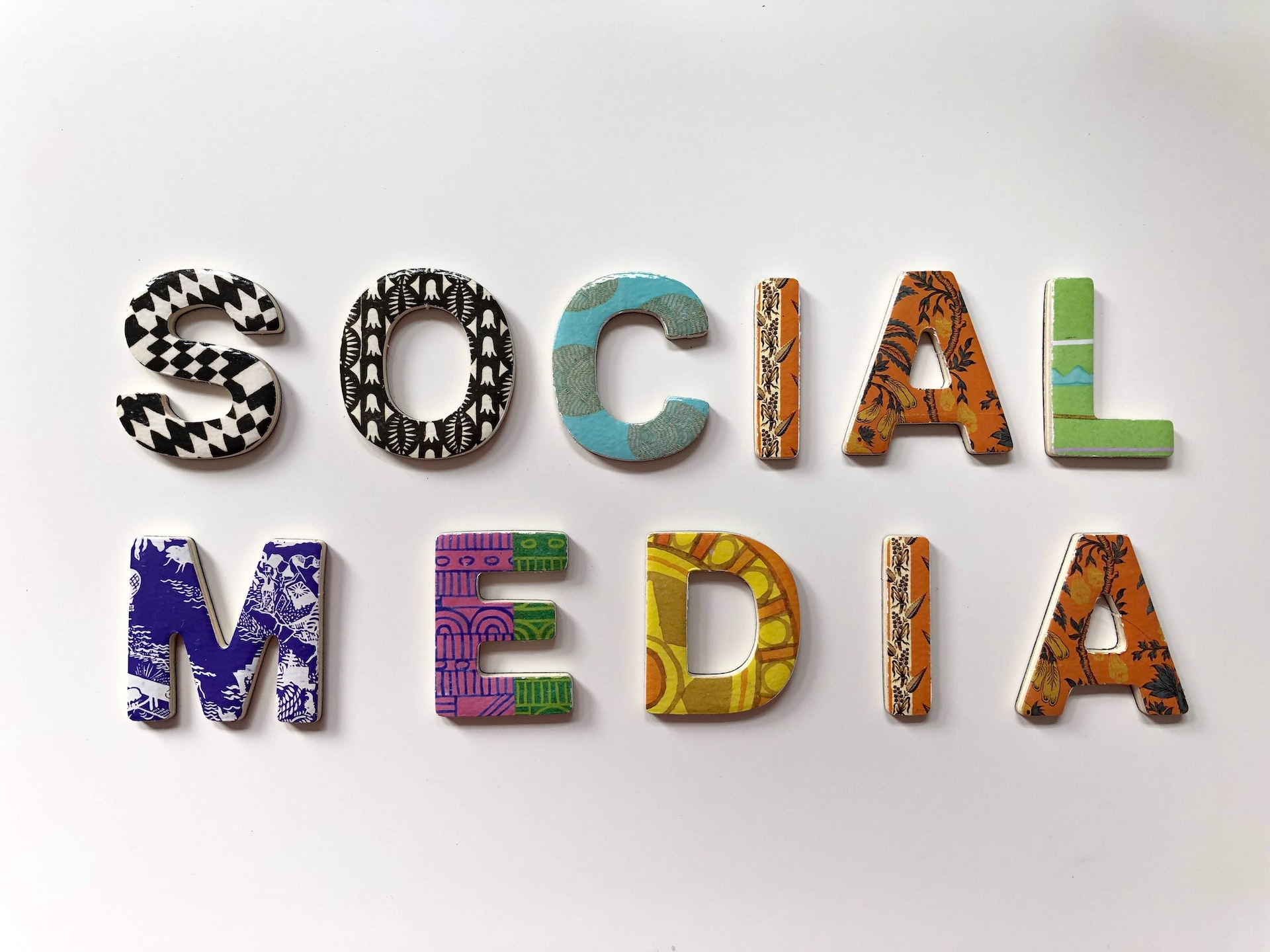Supercharge Your Social Strategy: Harnessing the Power of Organic & Paid Content

It’s no secret that the world of organic social media is changing rapidly. If you run a Twitter, Facebook or Instagram account for your organization, you’ve likely noticed that it’s more difficult than ever to get those coveted impressions and engagements.
According to Social Pilot, the average organic reach for a Facebook post is just 6.4% of the page’s total followers. For global brands with millions of followers, this may not pose an issue. But, when you have an audience of 1,000, a reach of 64 people (and far fewer engagements) can feel especially disheartening.
Social Media for Brands Has Become Pay-to-Play
Social media platforms are very noisy places, and most algorithms (TikTok is the biggest exception) prioritize the people and brands that users already know and follow. That makes it nearly impossible to find new audiences.
That’s where paid social shines.
Paid social gives you guaranteed reach with brand new audiences. Because you’re able to target based on demographics, interest, geography and so much more, paid social allows you to find and connect with a more relevant (and therefore potentially more engaged) audience, faster.
And it’s not only for big brands. Startups and small businesses can and should get it in on the action.
If you have an organic-only strategy because it’s free, consider this: putting the time and money into great content that no one sees is just plain wasteful. It’s important to reframe paid social media as an investment – in your brand and the audiences that need to know about it. And it doesn’t even have to be a big investment to drive major ROI, especially when it’s integrated into a thoughtful strategy.
Organic reach is only going to continue to decline as more content floods the platforms, which makes paid social a must-have. So, is there even a place for organic social anymore?
Why You Shouldn’t Give Up On Organic Just Yet
The good news is not all hope is lost. Organic is still a crucial part of a comprehensive social media strategy and can accomplish several things that paid social simply isn’t equipped to do.
Organic social is still undefeated when it comes to:
- Building trust – Having an up-to-date feed shows that your company is active and real
- Sharing your brand story – Your feed, links, and bio communicate who you are and the value you bring to customers
- Creating a community – It gives the people who follow you (and your new followers from paid social) a way to interact with you
- Customer support – Respond to questions about products and services in near-real time
Consumers are more dialed in than ever and they expect to see more than just sales pitches and product promotions – they want content that educates, entertains, and inspires. Organic social is a great way to accomplish that. It’s an opportunity to create and nurture relationships with your target audience and help build brand love.
While paid and organic social each have their benefits, here’s why the best strategy incorporates both.
Organic + Paid Social: Better Together
Organic and paid social are a match made in digital heaven. Don’t just take it from me, Hootsuite’s Social Trends 2022 report found that more than 35% of marketers completely integrated their paid and organic strategies.
Think of it as a ‘one-two punch’ that helps brands find the right audience and nurture them throughout every step of the customer journey. Plus, you can use the performance of your organic posts to inform your paid strategy, and vice versa.
For example, you can:
- Target users who have engaged with your organic content, as they are more likely to convert.
- Boost organic posts that receive a lot of positive engagement to take advantage of the momentum.
- Add high-performing paid ads into your organic feed so that your best content is on display for existing and potential customers.
The best part of it all? The data, of course.
Tap into Analytics for an Integrated Social Media Strategy
The best way to supercharge your social media strategy is with data. Instead of using followers and other vanity metrics as the only measures of success, look at the engagement levels of your content. Pay attention to shares, comments (are they positive, neutral, or negative?), click-through rate, video views. It’s all data. These are all measures of how well your content resonates with your target audience. Keep an eye on how each metric measures up against industry benchmarks. Compare your performance to last month, last quarter, and last year.
This data can, in turn, inform future decisions and optimize your efforts for higher returns on investment.
Speaking of ROI, measure that too! It’s a great way to keep your strategy on track and ensure that you make the best use of your budget. This handy guide from Hootsuite can help you calculate your current ROI so you can set goals for the future.
Let’s Recap
- It has become increasingly difficult to reach your intended audience with organic alone.
- Paid social has guaranteed reach, is extremely targeted, and highly efficient, but it lacks the relationship-building and sense of community that can be achieved with organic social.
- You don’t have to choose between organic and paid social—the best strategies incorporate both.
Keep your audience top of mind, take advantage of the benefits that organic and paid tactics offer, and let the data be your guide. A holistic strategy that strikes your brand’s unique balance of organic and paid social media will put you in front of the right audience, get them engaged, and keep them coming back for more.